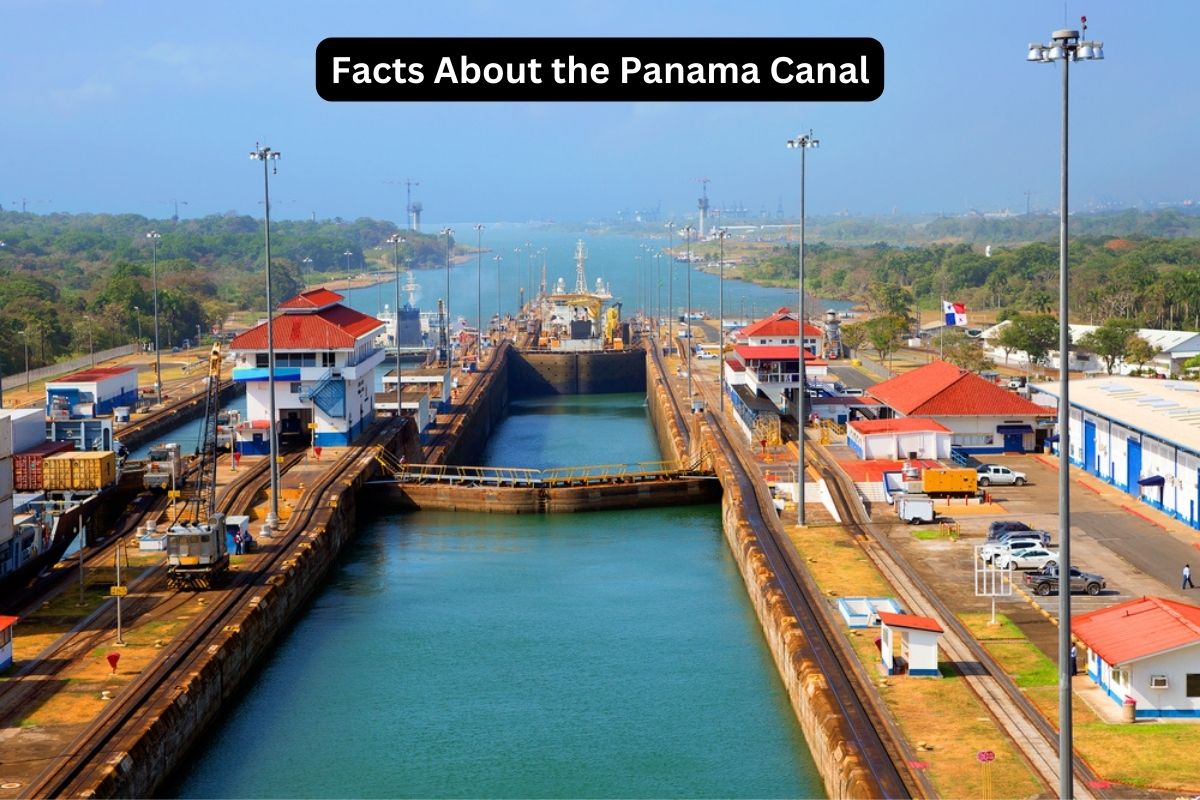The Panama Canal stands as a testament to human ingenuity and engineering prowess, providing a vital link between the Atlantic and Pacific Oceans.
Since its completion in 1914, it has served as a crucial shortcut for maritime trade, revolutionizing global commerce by facilitating the passage of ships between major trading routes.
Managed by the Panama Canal Authority, this marvel of modern infrastructure has undergone significant expansions and transitions, cementing its status as a linchpin of international trade and a symbol of Panama’s sovereignty.
Beyond its economic importance, the canal’s rich history and environmental impact continue to captivate visitors from around the world, making it not only a key conduit for global commerce but also a cherished icon of human achievement.
Panama Canal Facts
1. Construction began in 1904 and finished in 1914
Construction began in 1904 under the leadership of the United States, following the successful negotiation of the Hay–Bunau-Varilla Treaty with Panama.
The ambitious project aimed to create a waterway across the Isthmus of Panama, connecting the Atlantic and Pacific Oceans.
Also Read: Timeline of the Panama Canal
It was one of the most significant engineering feats of its time, involving the excavation of millions of cubic yards of earth and the construction of massive concrete structures.
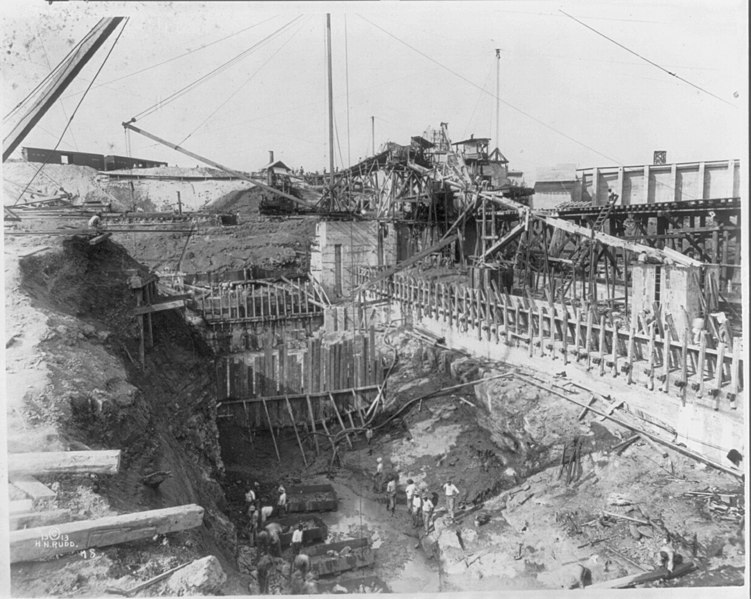
2. It’s a crucial shortcut between the Atlantic and Pacific Oceans
The Panama Canal serves as a crucial shortcut for maritime trade, allowing ships to avoid the lengthy and often perilous journey around the southern tip of South America, known as Cape Horn.
By traversing the 50-mile (80-kilometer) waterway, ships can significantly reduce their travel time and fuel consumption. This strategic advantage has made the canal a vital artery for international shipping, facilitating the movement of goods between major trading regions and contributing to global economic integration.
3. Operates through a system of locks
The operation of the Panama Canal relies on a system of locks to raise and lower ships as they pass through the varying elevations of the Isthmus of Panama.
The canal features three sets of locks: Gatun Locks on the Atlantic side, Miraflores Locks near the Pacific entrance, and Pedro Miguel Locks between them.
Also Read: Panama History Timeline
Each lock chamber functions as a water-filled elevator, utilizing gravity-fed mechanisms to lift ships from sea level to the elevation of Gatun Lake, which serves as the canal’s primary water reservoir.
This ingenious engineering design allows vessels to transit through the canal efficiently, despite the dramatic difference in elevation between the two oceans.
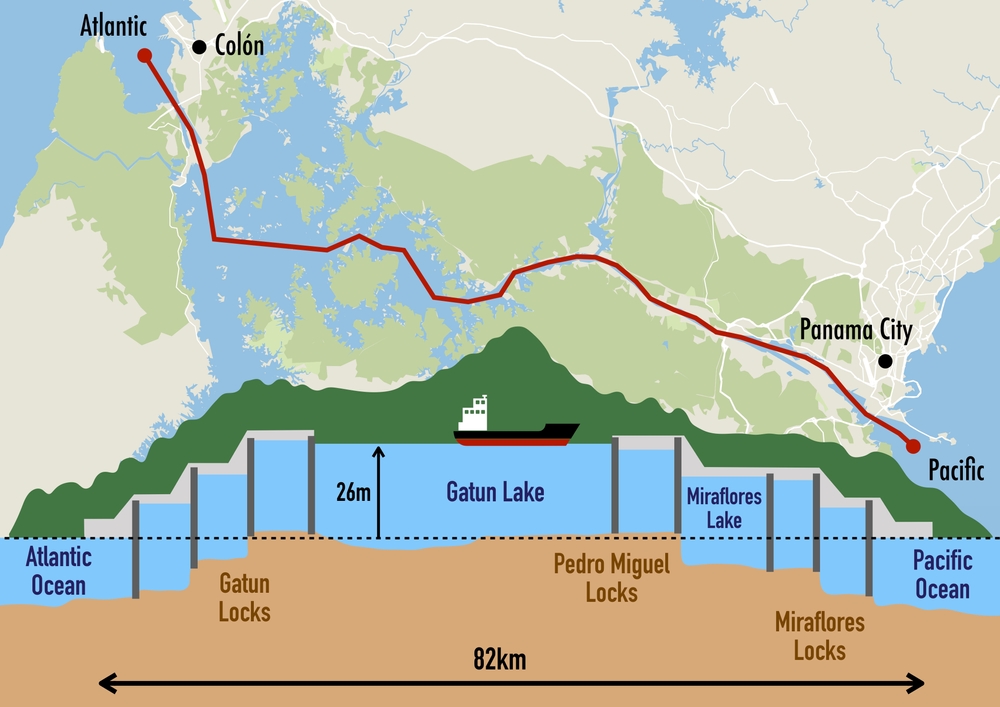
4. Expanded in 2016 to accommodate larger ships
The expansion of the Panama Canal, completed in 2016, marked a significant milestone in its history. The expansion project aimed to address the growing demands of global trade by accommodating larger vessels known as “New Panamax” ships.
These supersized cargo carriers, with dimensions far exceeding those previously able to transit the canal, required modifications to the existing infrastructure. The expansion involved the construction of new locks, called the “Panama Canal Expansion Locks,” alongside the existing ones. These new locks are wider, longer, and deeper, allowing for the passage of ships with a much greater cargo capacity.
The completion of the expansion project has further solidified the canal’s position as a vital artery of international commerce, enhancing its capacity to handle the evolving demands of the maritime industry.
5. Ownership transferred to Panama in 1999
The ownership and management of the Panama Canal underwent a significant transition with the signing of the Torrijos–Carter Treaties in 1977. These treaties stipulated the gradual transfer of control over the canal from the United States to Panama, culminating in full Panamanian ownership and sovereignty over the waterway in 1999.
The Panama Canal Authority (ACP), a government agency of the Republic of Panama, assumed responsibility for the operation, maintenance, and administration of the canal.
This historic transfer of ownership represented a milestone in Panama’s history, symbolizing the nation’s sovereignty and control over its most important strategic asset.
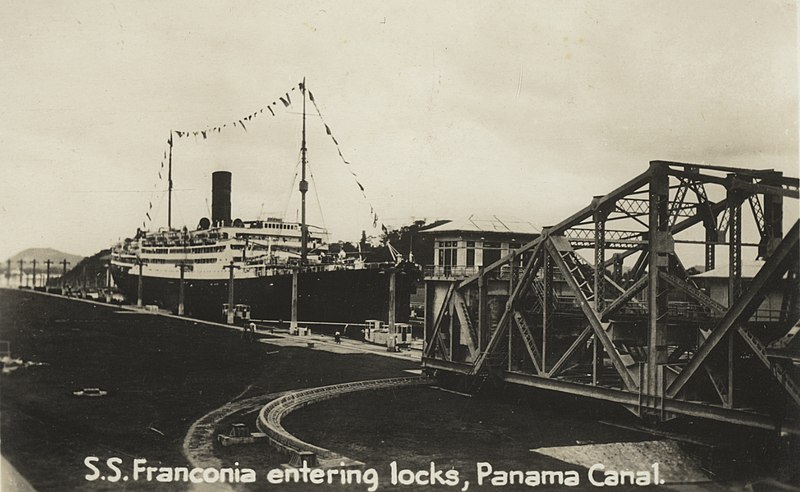
6. Managed by the Panama Canal Authority
The Panama Canal Authority (ACP) serves as the autonomous governmental agency responsible for the management and operation of the canal. Established in 1997, the ACP oversees all aspects of canal operations, including vessel traffic management, maintenance of canal infrastructure, and collection of tolls.
The authority is tasked with ensuring the safe, efficient, and reliable passage of ships through the canal while maximizing its operational capacity and economic viability.
Under the stewardship of the ACP, the canal has undergone modernization initiatives, technological advancements, and strategic developments aimed at enhancing its competitiveness and sustainability in the global maritime industry.
The ACP’s role as the custodian of the canal underscores its significance as a vital conduit for international trade and commerce, contributing to Panama’s economic growth and development.
7. Environmental impacts include the creation of Gatun Lake
The construction and operation of the Panama Canal have had significant environmental impacts, both positive and negative. One of the most notable environmental consequences of the canal’s construction is the creation of Gatun Lake, one of the largest artificial lakes in the world.
This massive body of water serves as a vital component of the canal’s lock system, providing the necessary hydraulic pressure to operate the locks. However, the formation of Gatun Lake also resulted in the flooding of vast areas of tropical rainforest, displacing numerous species of plants and animals and altering the region’s ecological balance.
Efforts to mitigate these environmental impacts have included reforestation projects, wildlife conservation efforts, and initiatives to minimize pollution and sedimentation in the canal’s waters.
Despite these challenges, the canal continues to be an essential lifeline for global trade while striving to balance economic development with environmental stewardship.
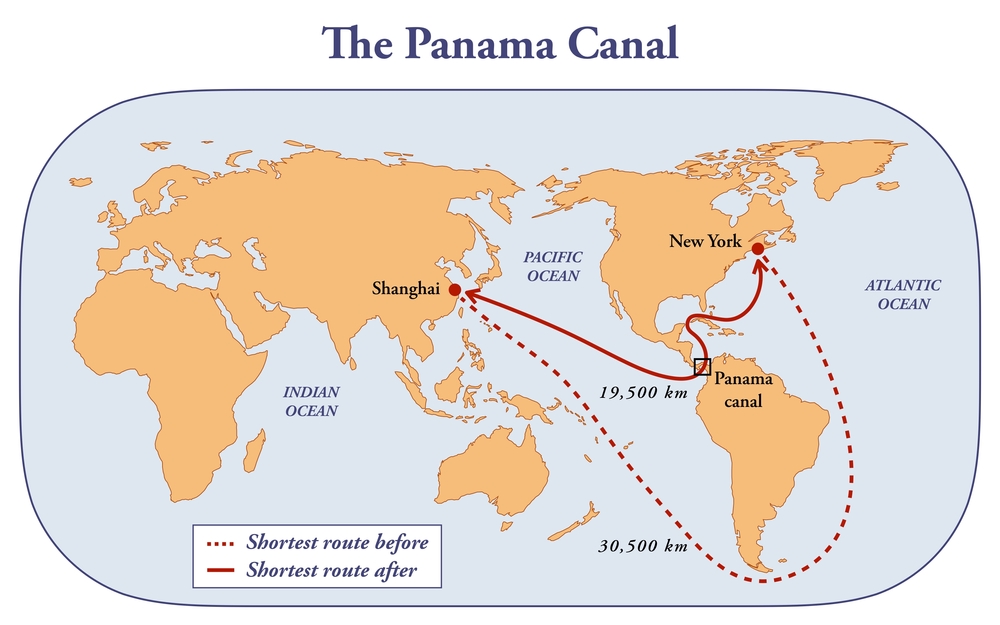
8. Plays a vital role in global trade
The Panama Canal plays a pivotal role in facilitating global trade and commerce, serving as a vital conduit for the transportation of goods between the Atlantic and Pacific Oceans. Its strategic location offers a significant advantage to shipping companies, allowing them to save time, fuel, and operating costs by avoiding lengthy detours around the southern tip of South America.
As a result, the canal has become an indispensable artery of international trade, connecting major markets and facilitating the exchange of goods between regions. The canal’s economic impact extends beyond Panama, influencing global supply chains, shaping trade patterns, and driving economic growth and development in the countries it serves.
Its continued relevance underscores its significance as a linchpin of the global economy, contributing to prosperity and connectivity on a worldwide scale.
9. Average transit time is 8-10 hours
The average transit time for a vessel passing through the Panama Canal is approximately 8 to 10 hours, although this can vary depending on various factors such as vessel size, traffic congestion, and weather conditions. The transit process involves navigating through a series of locks that raise or lower the ship to match the water level on the other side of the canal.
Despite the complex logistics involved, the canal’s efficient operation and well-coordinated traffic management systems ensure that vessels can transit through the waterway in a timely manner.
However, fluctuations in traffic volumes, maintenance activities, and unforeseen circumstances such as mechanical breakdowns or adverse weather events can occasionally cause delays in transit times.
Nevertheless, the Panama Canal remains one of the most expeditious and reliable routes for maritime transportation, providing a critical link between the world’s major oceans and facilitating global trade and commerce.
10. Popular tourist attraction
In addition to its economic significance, the Panama Canal is also a popular tourist attraction, drawing visitors from around the world who come to marvel at its engineering marvels and learn about its rich history and cultural heritage.
Various tour operators offer guided excursions that allow tourists to experience the canal up close, from boat tours that traverse the locks to visits to the canal’s visitor centers and museums. These tours provide insights into the canal’s construction, operation, and impact on global trade, as well as opportunities to observe the diverse wildlife and natural landscapes that surround the waterway.
The Panama Canal has thus become not only a vital artery of international commerce but also a symbol of human ingenuity and perseverance, attracting visitors who come to witness firsthand one of the world’s greatest engineering achievements.
